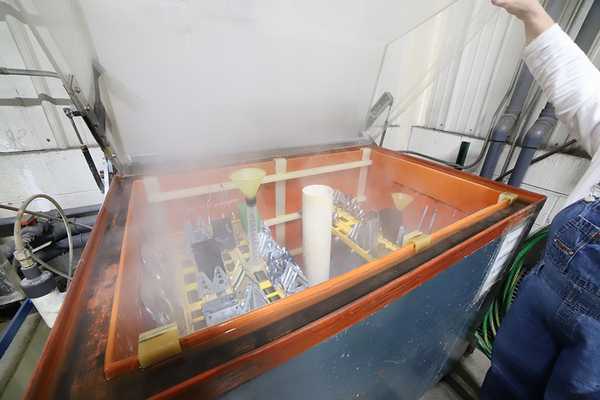- Qinsun Instruments Co., Ltd.
- Tell:+86-21-6780 0179
- Phone:+86-17740808215
- Address:No. 2578 Minhang District Gu Dai Road, Shanghai
- Contact:Mr. Li
- QQ:846490659
Selection requirements for electroplating power supply

Electroplating power supply is a direct current equipment that converts AC power into different voltages, frequencies, and waveforms. The main application of "rectification" technology in thyristor rectifiers is to apply both "rectification" technology and "inverter" technology in high-frequency switching power supplies. The electroplating power supply mainly consists of a main circuit and a control circuit.
There are three requirements for choosing an electroplating power supply:
It should comply with the specifications required by the electroplating process, including the power size of the power supply, waveform indicators, adjustable range of current and voltage values, etc;
Secondly, it is the reliability performance of the power supply itself, which mainly refers to the rationality and safety of the structure, as well as the characteristics of the circuit and cooling methods;
Thirdly, the cost-effectiveness of its price should be considered.
Determining the size and type of power supply to be configured for a plating seed and all plating tanks is the primary and important task in implementing electroplating production. There are two methods to determine the electroplating power supply in actual production: one is the volumetric current density method that needs to be determined based on the plating solution capacity; Another method is the unit area current density method calculated based on the plated area.
The so-called volumetric current density refers to adjusting the current intensity that the entire plating bath needs to pass through based on the allowable current per liter of plating solution, in order to determine the required power supply and conventional output power. Copper plating is generally 0.2-0.3A/L, nickel plating is 0.1-2.5A/L, bright nickel plating is 0.3-0.35A/L, acidic zinc plating is 0.5-0.6A/L, alkaline zinc plating can reach 1.2A/L, and chromium plating is 2-3A/L. Taking bright nickel plating as an example, the process current of 600L plating solution can reach 0.3A/L × 600L=180A, so a 200A power supply can be selected.
The current can also be calculated based on the plated area. Taking chrome plating as an example, if it is a 600L plating solution, at 60 ℃, the allowable current density is 100A/dm2. If the plating tank can be plated with 10dm2 at full load, the required power output current is 100A/dm2 x 10dm2=1000A, which means a 1000A, 18V rectifier power supply needs to be configured.
After determining the power level of the power supply. The selection of the waveform, cooling method, volume size, and corrosion resistance of the electroplating power supply should also be based on the needs of the electroplating process and the conditions of the electroplating site, including cost factors to balance comprehensively.





